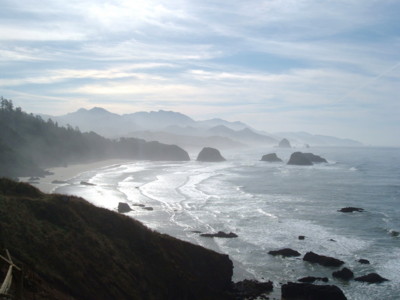
He was fortunate that he had the opportunity to view such a lovely sight and that he could appreciate it for what it was, but how much more might he have enjoyed it had he spent a few minutes really seeing it.
People see beauty differently. Some people get all excited in autumn when the trees turn colors. They plan trips to see the colorful leaves. Others scarcely notice. The color and form of a bouquet of flowers fills one person with emotion and another just wonders how much it cost. A painting or sculpture can capture some people, and others are left unmoved. We may rush through a museum taking in as much as we can, as if we were in a contest, or we may skip the whole thing because it just doesn’t appeal.
Biology probably accounts for some of the difference in how we perceive beauty. Colors look brighter to some people than to others for instance. And if we weren’t exposed to a variety of sights and sounds as babies, our brains may not have developed sensitivity to them. As we grow up our parents and teachers either show enthusiasm for things, or they don’t, and we learn and form habits about what is worth attending to. If cooking was drudgery to mom, the child may grow up to be unmoved by a beautifully presented plate of food. If dad focused all his attention on caring for his prize roses, at the expense of parenting, the child may not see the beauty of roses, but may feel aversion to them.
Each of us perceives beauty differently, and we have it in our power to expand the field and depth of our perception. Our brains respond to what we do with it and where we focus our attention. Just because we are a few dopamine receptors short, doesn’t mean we can’t grow some more. Our capacities to experience beauty, as well as to have pleasure, humor and fun grow with use.

To experience beauty, we must be receptive to it. What if we expected it to be all around us? What if we could see the beauty in a mold pattern on a wall or in the rust pattern on the street?